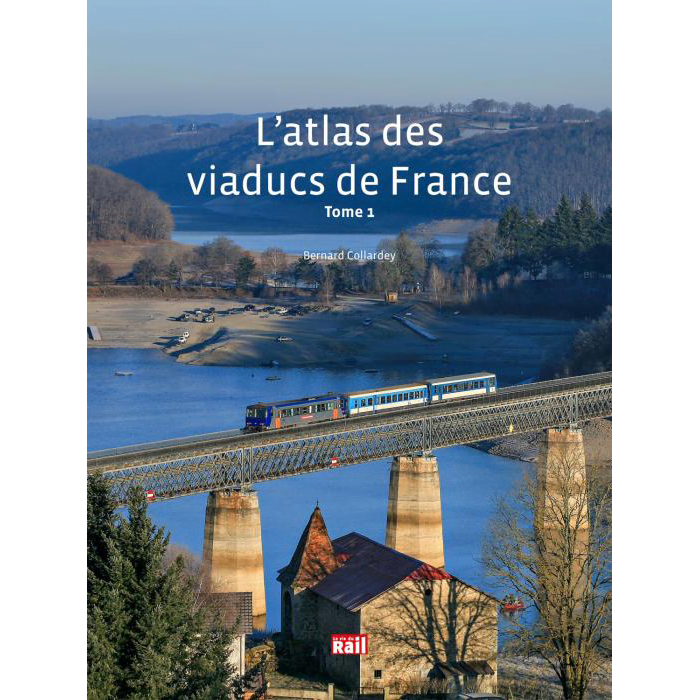Text : Fr
The invention of the steam engine, a purely British product, gave rise in the 19th century to railways, whose development throughout Europe and in France was prodigious. For the crossing of rivers and valleys by roads and paths, the use of masonry and wooden bridges was common. The latter practice could not be applied to railways, given the tonnage of the convoys and their speed. The builders of the time therefore resorted to structures with metal decks, masonry or even bricks when the railway network flourished. They blend into the landscape without distorting it, even if the surrounding vegetation has hidden some of them, and are geographical landmarks that whet the appetite of curious people with a passion for heritage.
Although isolated in a corner of the Cantal, the best known, emblematic and mythical with its steel lace, is that of Garabit, but our selection also includes the remarkable ones of Cize-Bolozon and Longeray, located in rural sites above the Ain and Rhône valleys respectively.
The period 1840-1900 saw the emergence of a railway spider's web throughout France for the needs of the general interest standard gauge lines, but also for the local interest metric gauge lines, which have been severely curtailed nowadays.
Public works companies therefore had to build a considerable number of viaducts, which gradually rose to a height of 134 m, and smaller bridges, often launched along the river. The metal technique originally used either lower or upper truss decks forming a bridge deck with spans of varying lengths. Some have inherited long-span cantilevered arches with cantilevered beams to great effect. They are among the most grandiose and spectacular. The masonry ones have been given a varying number of vaulted arches, at least six metres wide, with several examples of the arch. Some have a mixture of metal spans and masonry arches. After 1945, the reinforced concrete technique replaced traditional stone construction and was applied to the few new lines in the Paris suburbs.
Whatever the technique chosen, the spread of these structures throughout France was enormous. While there were very few of them in the east and north of France, they spread throughout the west, southwest and southeast.
The target of the great conflicts of 1870, 1914-1918 and 1939-1945, this type of structure has been rebuilt, sometimes according to different architectural schemes. To absorb the increase in traffic, several of them were widened with additional lanes. From the 1930s onwards, the abandonment of all traffic on a constellation of very low-traffic lines led to the neutralisation of a number of structures, which were either converted into roads, footpaths, cycle paths or even used for sporting activities (bungee jumping), or simply demolished.
On the other hand, a hundred or so new large-scale structures have been built on the new high-speed lines since 1980.
The aim of our overview is to establish a showcase of this type of installation in France, by listing as far as possible the viaducts over 150 m in span, but without forgetting to mention the family of bridges, some of which are important and should have been labelled "viaducts" in the official nomenclature.
Voir les caractéristiques techniques
| Country | GREAT BRITAIN - GRANDE BRETAGNE |
|---|---|
| Brand | |
| Model | TOME 1 |
| Manufacturer | |
| Drivers | |
| Scale | |
| Materials | NC |
| Release | 24-05-2022 |

 FR
FR
 EN
EN